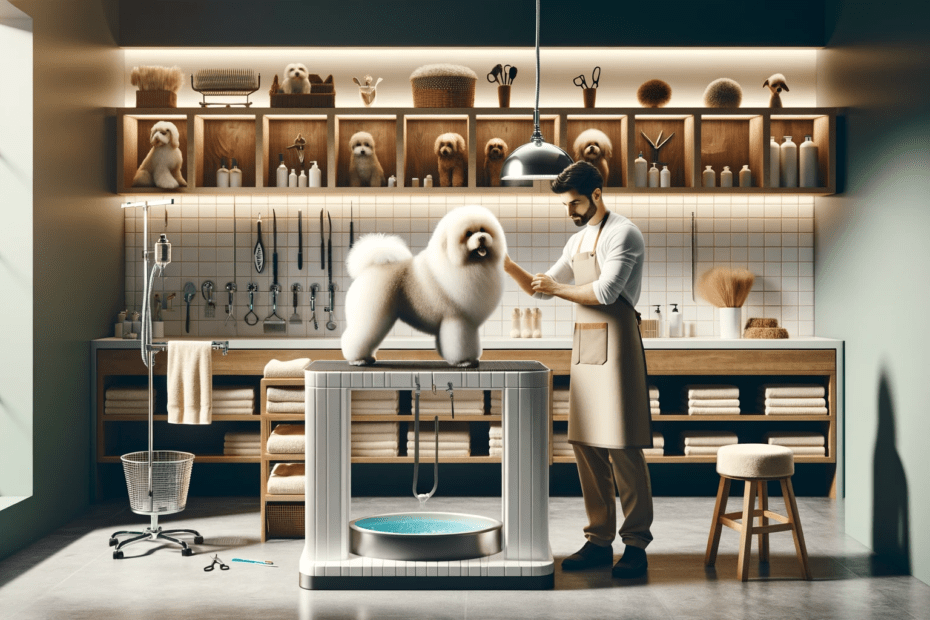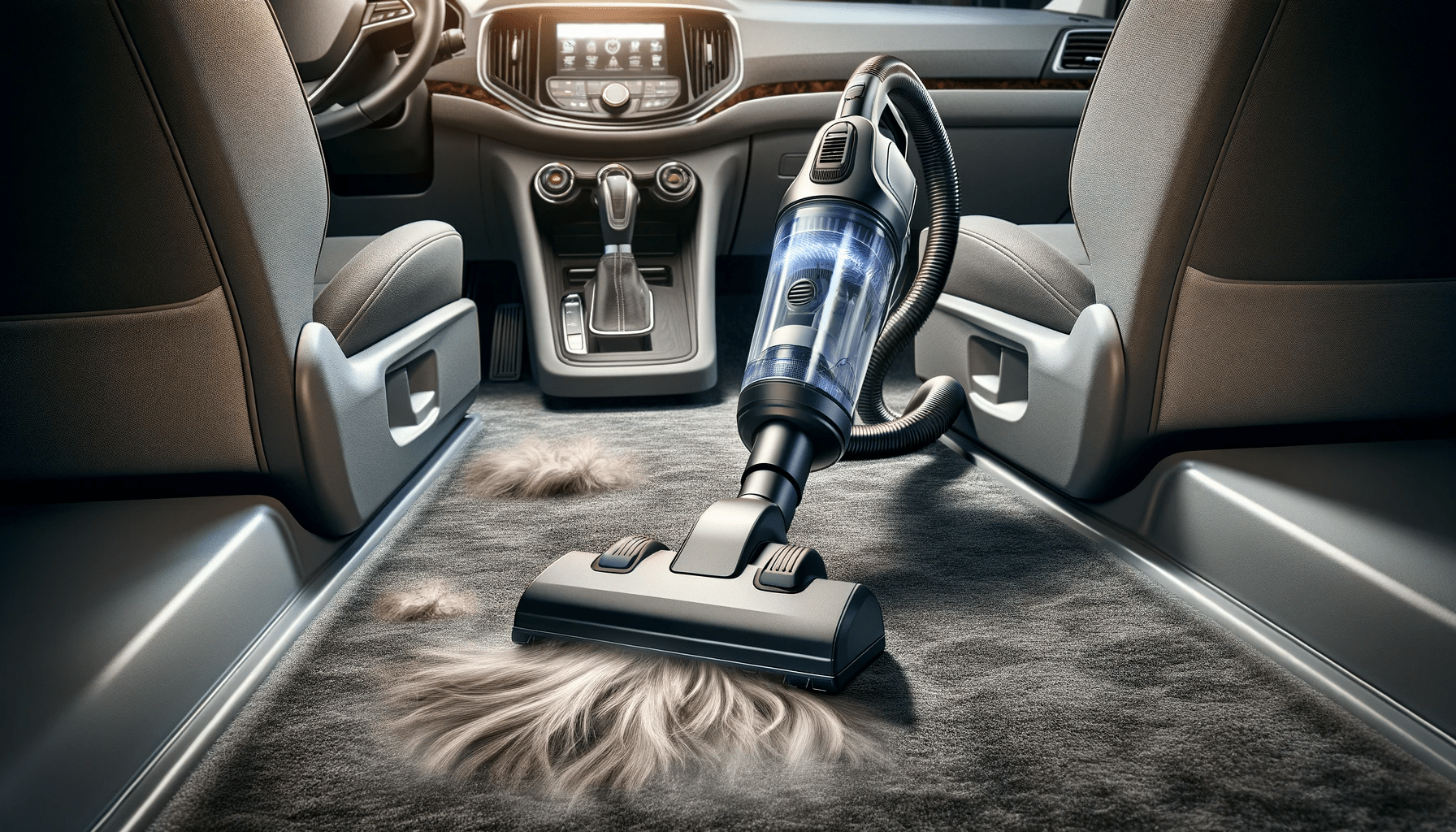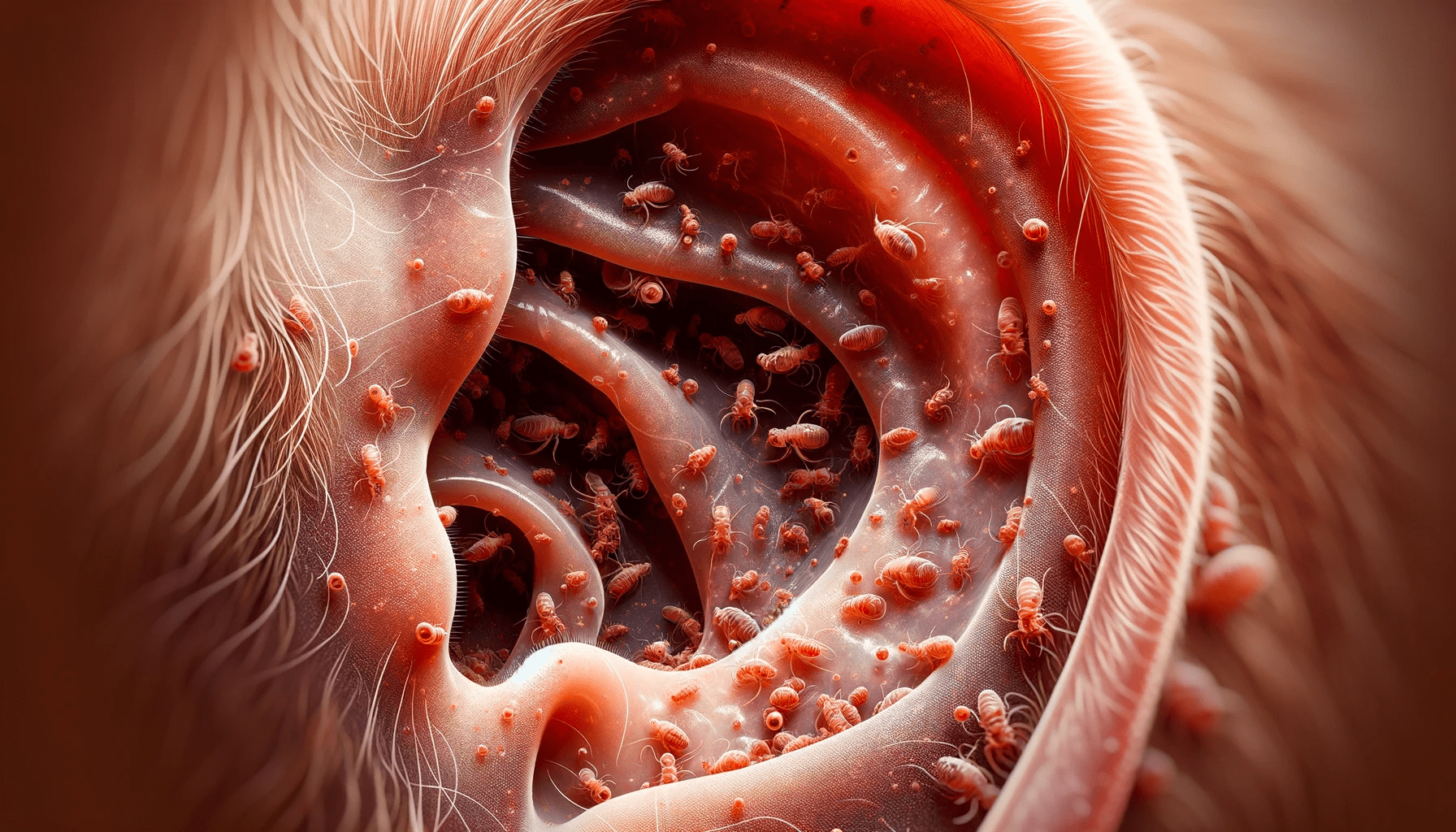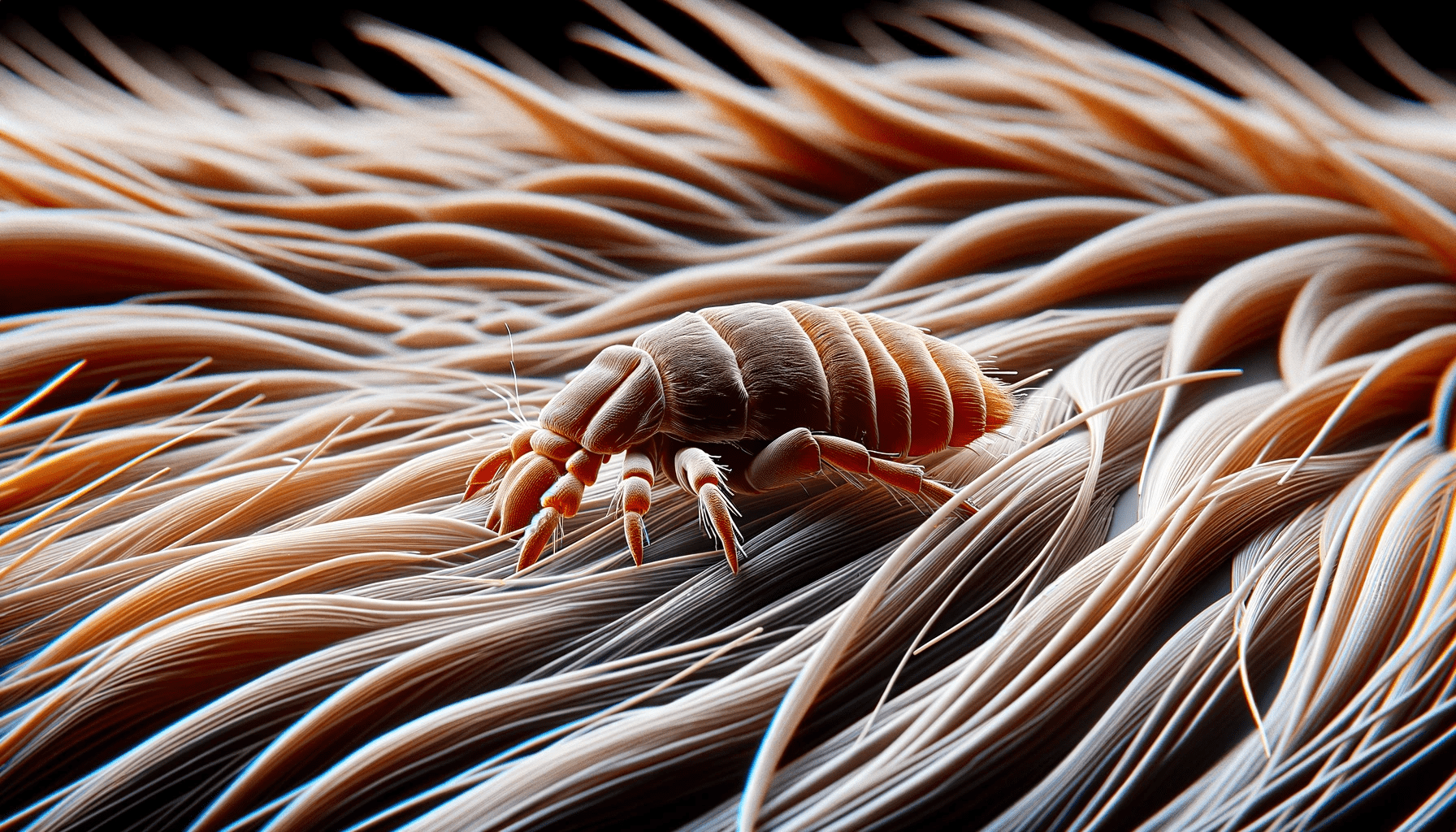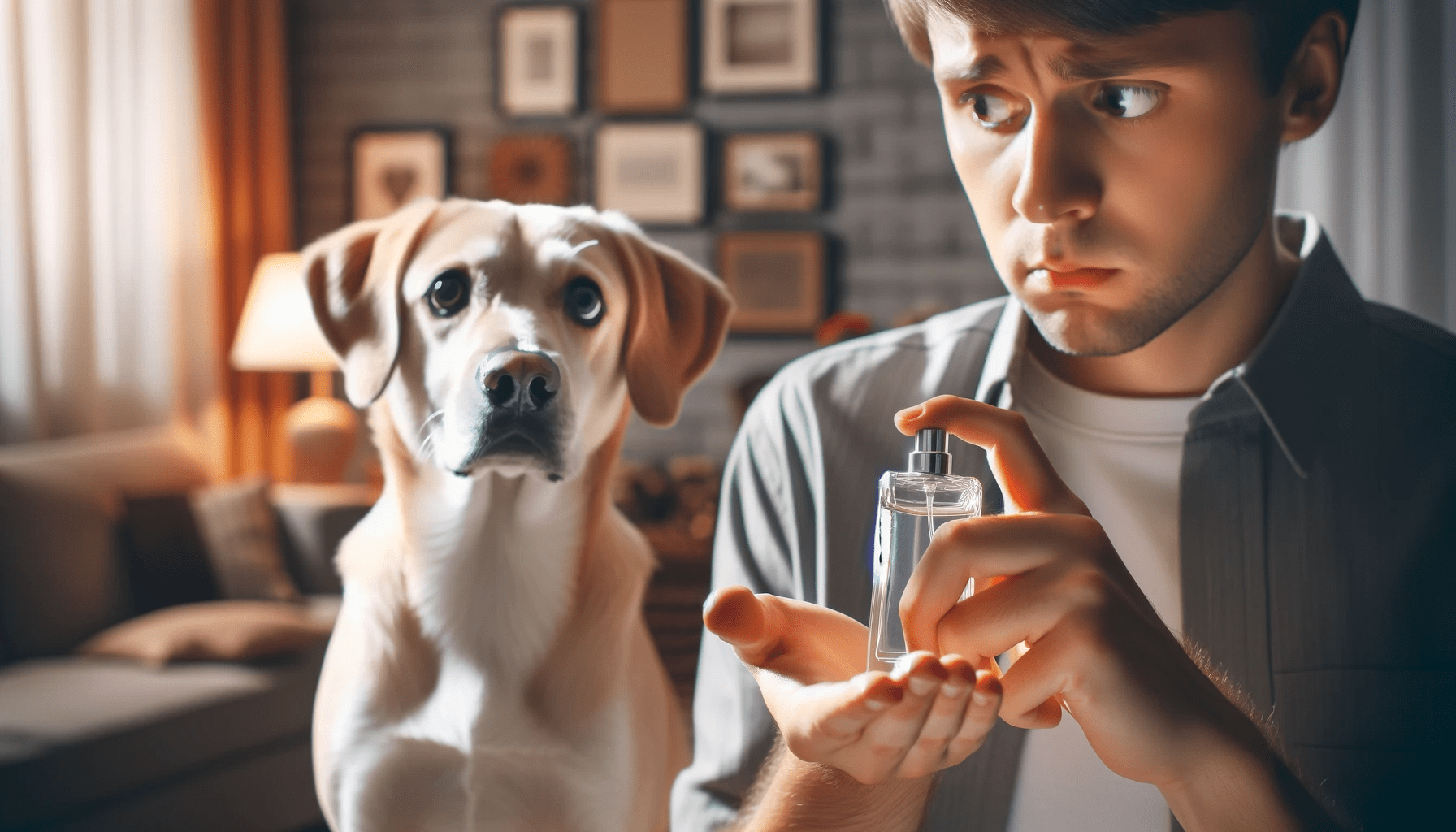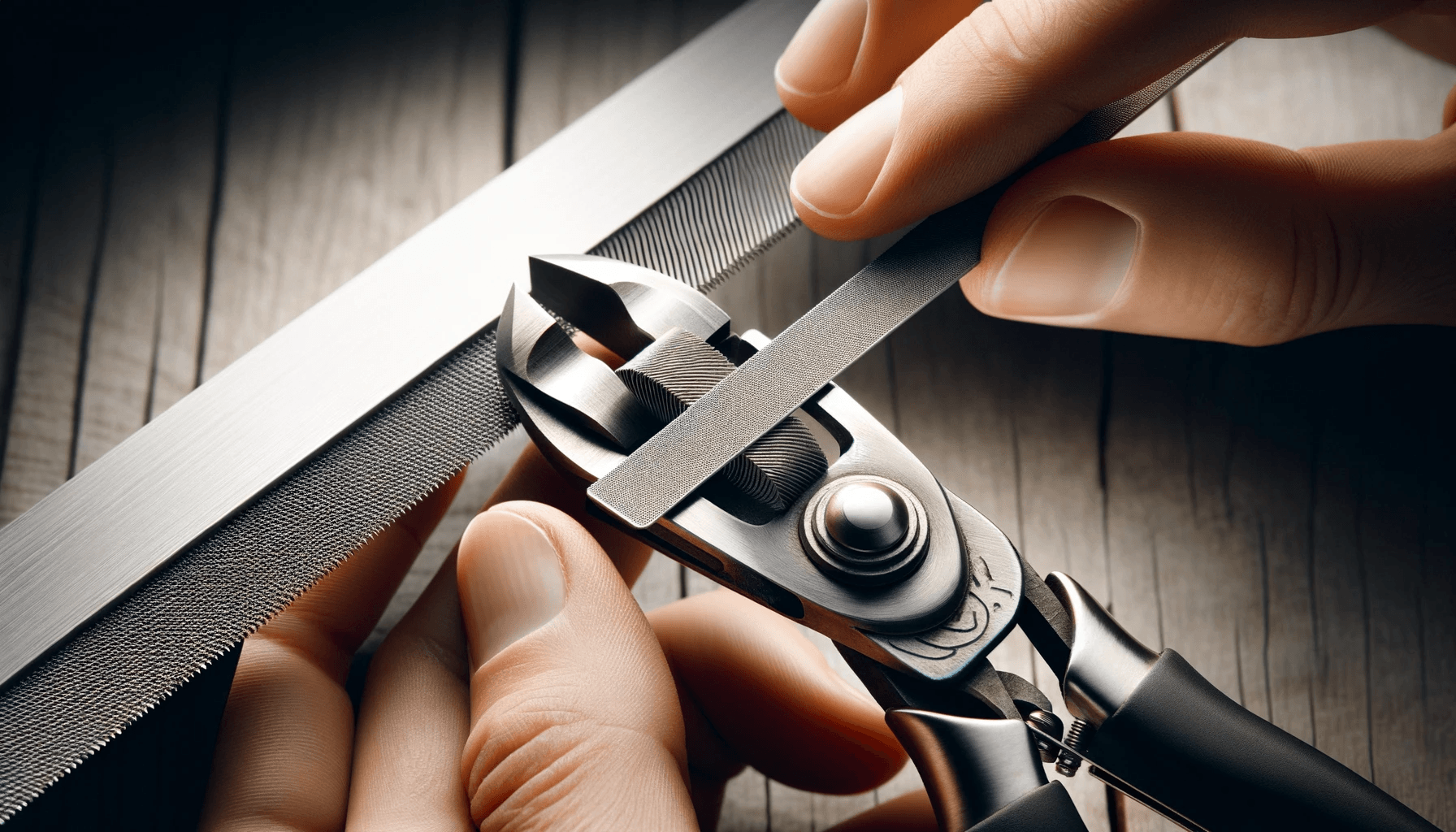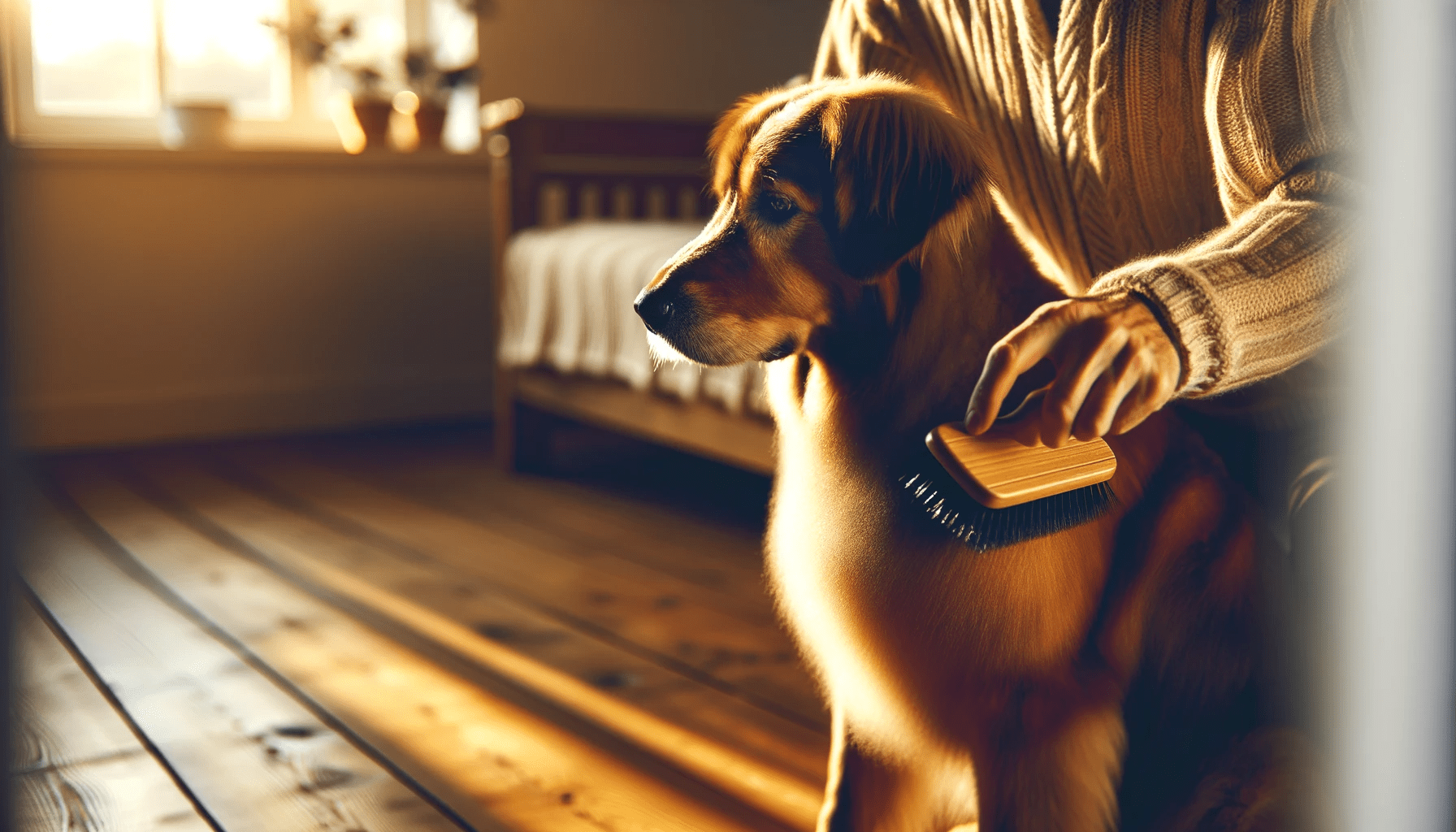Do you want to know how to groom your dog? In this article, we'll guide you through the step-by-step process.
From preparing your furry friend for grooming to giving them a stylish finish, we've got you covered.
Learn the essential techniques for brushing, bathing, trimming nails, and cleaning ears.
By following these simple steps, you'll ensure your dog looks and feels their best.
So, let's get started on the path to a well-groomed pup!
Key Takeaways
- Gather all necessary grooming tools and supplies
- Brush the dog's coat to remove tangles and promote healthy skin and coat
- Trim the dog's nails carefully, avoiding cutting the quick
- Choose a doggy hairstyle that suits the breed and personal style
Preparing the Dog for Grooming
First, gather all the necessary grooming tools and supplies to prepare your dog for grooming. It's important to have the right tools on hand to ensure a smooth grooming process. Some essential dog grooming tools include a brush or comb, nail clippers, ear cleaning solution, and dog shampoo. These tools will help you effectively groom your dog and keep them looking their best.
Once you have all the necessary tools, it's time to start grooming your dog. Begin by brushing your dog's coat to remove any tangles or mats. This won't only make your dog look neater but also promote healthy skin and coat.
Next, trim your dog's nails carefully using nail clippers designed for dogs. Be sure to avoid cutting the quick, which can cause bleeding and discomfort.
After trimming the nails, clean your dog's ears using an ear cleaning solution and cotton balls. Gently wipe the inside of the ears to remove any dirt or wax buildup.
Finally, bathe your dog using a dog shampoo that's suitable for their coat type. Thoroughly rinse off all the shampoo and towel dry your dog.
Brushing and Combing the Dog's Coat
To properly groom your dog, begin by brushing and combing their coat to remove any tangles or mats and promote a healthy skin and coat. Regular brushing and combing are essential grooming techniques for maintaining a healthy coat. It not only keeps your dog looking neat and tidy but also helps to distribute natural oils, prevent matting, and remove dead hair.
When brushing your dog, start from the head and work your way down to the tail, following the direction of hair growth. Use a brush appropriate for your dog's coat type, such as a slicker brush for long-haired breeds or a bristle brush for short-haired breeds. Be gentle and patient, especially if your dog has a sensitive skin.
Combing is necessary to remove any remaining tangles or mats that brushing may have missed. Use a comb with wide-spaced teeth for dogs with long or thick hair, and a finer-toothed comb for dogs with shorter hair. Gently comb through the coat, ensuring that the comb reaches the skin to catch any hidden tangles.
While brushing and combing your dog's coat, take the opportunity to inspect their skin for any signs of irritation, redness, or parasites. If you notice anything unusual, consult your veterinarian for further guidance.
Bathing and Drying the Dog
After brushing and combing your dog's coat, the next step in grooming is to bathe and dry them. This is an important part of dog grooming as it helps to keep your furry friend clean and healthy. Here are three key steps to follow when bathing and drying your dog:
- Choose the right shampoo: When it comes to dog grooming, using the right shampoo is crucial. Look for a shampoo specifically designed for dogs, as human shampoos can be too harsh for their sensitive skin. There are also different shampoos available for specific needs, such as moisturizing or flea control.
- Prepare the bathing area: Before bathing your dog, make sure you have everything you need within reach. This includes towels, a non-slip mat for the bathtub, and any grooming tools you may need. It's important to have a safe and comfortable environment for both you and your dog.
- Dry your dog thoroughly: After bathing, it's time to dry your dog. Use a towel to remove excess water from their coat, paying extra attention to their paws and ears. You can also use a blow dryer on a low heat setting, but make sure to keep it at a safe distance to avoid burning your dog's skin.
Trimming the Dog's Nails and Cleaning the Ears
After bathing and drying your dog, the next step in grooming is trimming their nails and cleaning their ears. Nail trimming is an important part of dog grooming as long nails can cause discomfort and even lead to injuries. To trim your dog's nails, you can use either a guillotine-style nail clipper or a scissor-style clipper. Make sure to trim just the tip of the nail, avoiding the quick, which is the sensitive part that contains blood vessels and nerves. If you accidentally cut the quick and it starts bleeding, apply styptic powder or cornstarch to stop the bleeding.
Cleaning your dog's ears is also crucial to maintain their overall health. To clean the ears, you'll need a dog-friendly ear cleaning solution and cotton balls. Gently lift the ear flap and apply the cleaning solution to the ear canal. Massage the base of the ear for a few seconds to distribute the solution. Then, use the cotton ball to wipe away any dirt or debris. Be careful not to insert anything into the ear canal as it can cause damage. If you notice any signs of infection, such as redness, swelling, or a foul odor, consult your veterinarian for further guidance.
Regularly trimming your dog's nails and cleaning their ears will help keep them happy and healthy.
Styling and Finishing Touches for the Dog's Appearance
Once you have finished trimming your dog's nails and cleaning their ears, it's time to move on to styling and adding the finishing touches to enhance their appearance. Here are some steps you can follow to style your dog's fur and create a polished look:
- Choose a doggy hairstyle that suits your dog's breed and personal style. Some popular options include the puppy cut, teddy bear cut, and top knot. Research different styles and consult a professional groomer if needed.
- Use grooming accessories to give your dog's fur a smooth and shiny appearance. A slicker brush can help remove tangles and mats, while a grooming comb can be used to neaten up the coat. Additionally, consider using a doggy cologne or spray to keep your dog smelling fresh.
- Pay attention to the finishing touches. Trim any excess hair around your dog's paws, face, and bottom to create a clean and tidy look. You can also add a cute bow or bandana to complete the grooming process.
Frequently Asked Questions
What Kind of Grooming Tools Should I Use for My Dog?
To groom your dog, it's important to choose the right grooming tools. Regular grooming helps maintain their coat and overall health. Invest in a brush, comb, nail clippers, and shampoo to keep your pup looking and feeling their best.
How Often Should I Groom My Dog?
You should groom your dog regularly to maintain their hygiene and health. It is recommended to brush their coat, clean their ears, trim their nails, and bathe them regularly. These dog grooming tips are essential for best grooming practices.
Can I Use Human Shampoo on My Dog?
You shouldn't use human shampoo on your dog. It can cause skin irritation and dryness. There are dog-friendly shampoos designed specifically for their needs. These are safer and better alternatives.
Is It Necessary to Trim My Dog's Nails Regularly?
Regularly trimming your dog's nails is necessary for their overall health and well-being. Dog nail care is important as long nails can cause discomfort, pain, and even lead to infections.
What Are Some Common Grooming Mistakes to Avoid?
To avoid common grooming mistakes, remember these tips for grooming your dog correctly. Start by using the right grooming tools, maintaining a regular grooming schedule, and being gentle and patient with your furry friend.
Conclusion
In conclusion, grooming your dog involves several important steps to ensure their well-being and appearance.
By preparing the dog, brushing and combing their coat, bathing and drying them properly, trimming their nails and cleaning their ears, and adding styling and finishing touches, you can keep your furry friend looking and feeling their best.
Regular grooming not only keeps your dog clean and healthy, but also strengthens the bond between you and your beloved pet.
